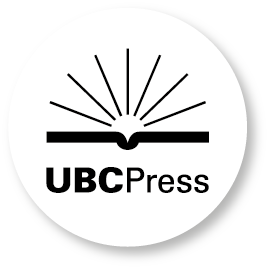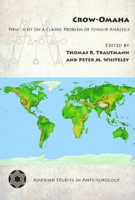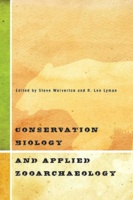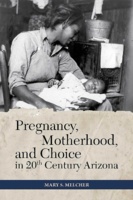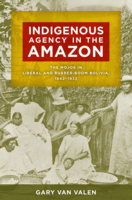The University of Arizona Press is the premier publisher of academic, regional, and literary works in the state of Arizona. They disseminate ideas and knowledge of lasting value that enrich understanding, inspire curiosity, and enlighten readers. They advance the University of Arizona’s mission by connecting scholarship and creative expression to readers worldwide.
meXicana Roots and Routes
Listening to People, Places, and Pasts
This collection highlights how meXicana scholars center their community-engaged research to reflect on important regional themes in the U.S. Southwest and the U.S.-Mexico borderlands. Divided into five sections, authors explore what it means to cultivate spaces of belonging, navigate language policies, and excavate silences in various spaces, among other important themes, with a particular emphasis on Arizona in each section.
Life Undocumented
Latinx Youth Navigating Place and Belonging
Life Undocumented captures the compelling stories of Latinx undocumented young adults growing up and living in two distinct sociopolitical contexts: California, which provides legal pathways into higher education for undocumented youth, and Georgia, which does not. It examines the intersection of federal, state, and local laws, revealing the emotional and social-mobility challenges faced by these individuals in navigating adulthood.
Mimbres Far from the Heartland
Identity at the Powers Ranch Site of East-Central Arizona
This volume explores the formation of social identity and cultural affiliation at the Powers Ranch site, a small settlement at the western edge of the Mimbres region. The authors conclude that the people at Powers Ranch were quintessentially Mimbres and were more closely affiliated with Mimbres settlements on the Gila River drainage in southeast Arizona and New Mexico than with those living in the Mimbres Valley core area.
Ethnographic Contributions to the Study of Endangered Languages
Warfare and the Dynamics of Political Control
Warfare and the Dynamics of Political Control explores how warfare shapes the establishment, maintenance, and collapse of political institutions across diverse societies and historical periods. The chapters cover a wide range of topics and time periods to bring into focus the material and ideological drivers of conflict, offering deep insights into the complex interplay between violence and political power.
Religious Transformation in the Late Pre-Hispanic Pueblo World
The contributors to this volume employ a wide range of archaeological evidence to examine the origin and development of religious ideologies and the ways they shaped Pueblo societies across the Southwest in the centuries prior to European contact.
Crow-Omaha
New Light on a Classic Problem of Kinship Analysis
Conservation Biology and Applied Zooarchaeology
Pregnancy, Motherhood, and Choice in Twentieth-Century Arizona
Indigenous Agency in the Amazon
The Mojos in Liberal and Rubber-Boom Bolivia, 1842–1932
Au Te Waate / We Remember It
Hiaki Survival Through a Bitter War
Au Te Waate / We Remember It offers the personal narratives of Hiaki (Yaqui) individuals who endured the tumultuous period from 1900 to 1930, when they faced systematic attacks, conscription, deportation, and enslavement under Mexican government policies. Presented in both the original Hiaki language and English translation, these accounts offer an unparalleled glimpse into the lives of those who resisted and survived the era’s harsh realities, completely from the Hiaki perspective.
Transformation by Fire
The Archaeology of Cremation in Cultural Context
The Archaeology of Kinship
Advancing Interpretation and Contributions to Theory
Mapping Neshnabé Futurity
Celestial Currents of Sovereignty in Potawatomi Skies, Lands, and Waters
Mapping Neshnabé Futurity is an essential read that offers a rethinking of how we conceive of futurity and sovereignty. Morseau’s interdisciplinary approach, blending anthropological research with literary critique, shows how counter-mapping projects both on the ground and in the skies reclaim space in the Great Lakes region—Neshnabé homelands—and are part of Anishinaabé/Neshnabé communities’ constellations of Indigenous futurities and stories of survivance.
